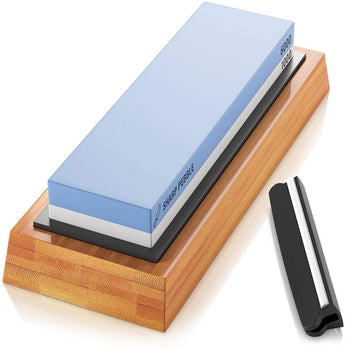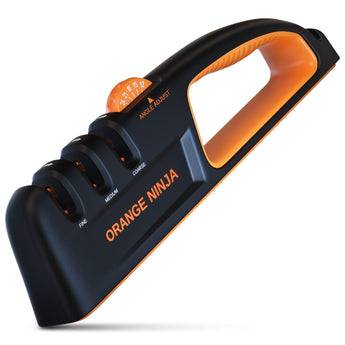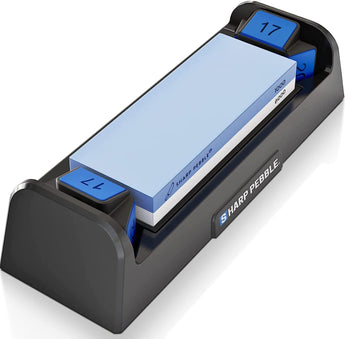A sharpening stone, also known as a whetstone, is an essential tool for maintaining the edge of your blades, whether they are kitchen knives, woodworking tools, or outdoor gear. However, over time, these stones can develop rust, especially if they are stored in humid conditions or not properly dried after use. Rust can not only affect the efficiency of your sharpening stone but also cause damage to your tools. Here’s a comprehensive guide on how to remove rust from your sharpening stone to ensure it stays in optimal condition.
Understanding the Problem
Rust forms when iron reacts with oxygen and moisture, creating iron oxide. In the case of sharpening stones, rust can develop if the stone has iron components or if metallic particles from the sharpened tools remain on the stone and oxidize. This rust can reduce the stone's abrasiveness, making it less effective.
Tools and Materials You'll Need
-
Abrasive Pads or Steel Wool: These help scrub off the rust without severely damaging the stone’s surface.
-
Rust Remover: Commercial rust removers are effective, but you can also use household items like vinegar or lemon juice.
-
Soft Brush: A toothbrush or a dedicated cleaning brush can help remove loosened rust particles.
-
Water: For rinsing and cleaning the stone.
-
Towel or Cloth: To dry the stone after cleaning.
-
Baking Soda: Optional, for additional cleaning power.
Step-by-Step Guide to Removing Rust
-
Initial Scrubbing with Abrasive Pads or Steel Wool:
-
Begin by scrubbing the rusted areas of the stone with an abrasive pad or steel wool. Use light pressure to avoid damaging the stone’s surface. This should remove the superficial rust.
-
Applying Rust Remover:
-
If abrasive pads don’t fully remove the rust, apply a rust remover. Commercial rust removers are straightforward to use; follow the instructions on the product. Alternatively, soak a cloth in vinegar or lemon juice and place it over the rusted areas for about 10-15 minutes. These acids will help dissolve the rust.
-
Scrubbing Again:
-
After the rust remover has had time to work, scrub the stone again with the abrasive pad or steel wool. The rust should come off more easily now.
-
Using Baking Soda for Further Cleaning:
-
To neutralize any remaining acid and further clean the stone, make a paste of baking soda and water. Apply this paste to the stone and scrub with a soft brush. This will help remove any lingering rust particles and neutralize the surface.
-
Rinsing and Drying:
-
Rinse the stone thoroughly with water to remove any rust residue and cleaning agents. Ensure that all rust and cleaning materials are washed away.
-
Dry the stone completely with a towel or cloth. It's crucial to dry the stone thoroughly to prevent new rust from forming. You might also let the stone air dry in a low-humidity environment for several hours.
Preventive Measures to Avoid Rust
To keep your sharpening stone rust-free in the future, consider these preventive measures:
-
Proper Storage: Store your sharpening stone in a dry place. Use a case or a protective cover to keep moisture away.
-
Regular Cleaning: After each use, clean your sharpening stone to remove metal particles. Dry it thoroughly before storing.
-
Oil the Stone: Some stones can be oiled to create a protective barrier against moisture. Make sure to use oil compatible with your stone type.
-
Silica Gel Packs: Store silica gel packs with your stone to absorb moisture from the air and reduce the likelihood of rust formation.




